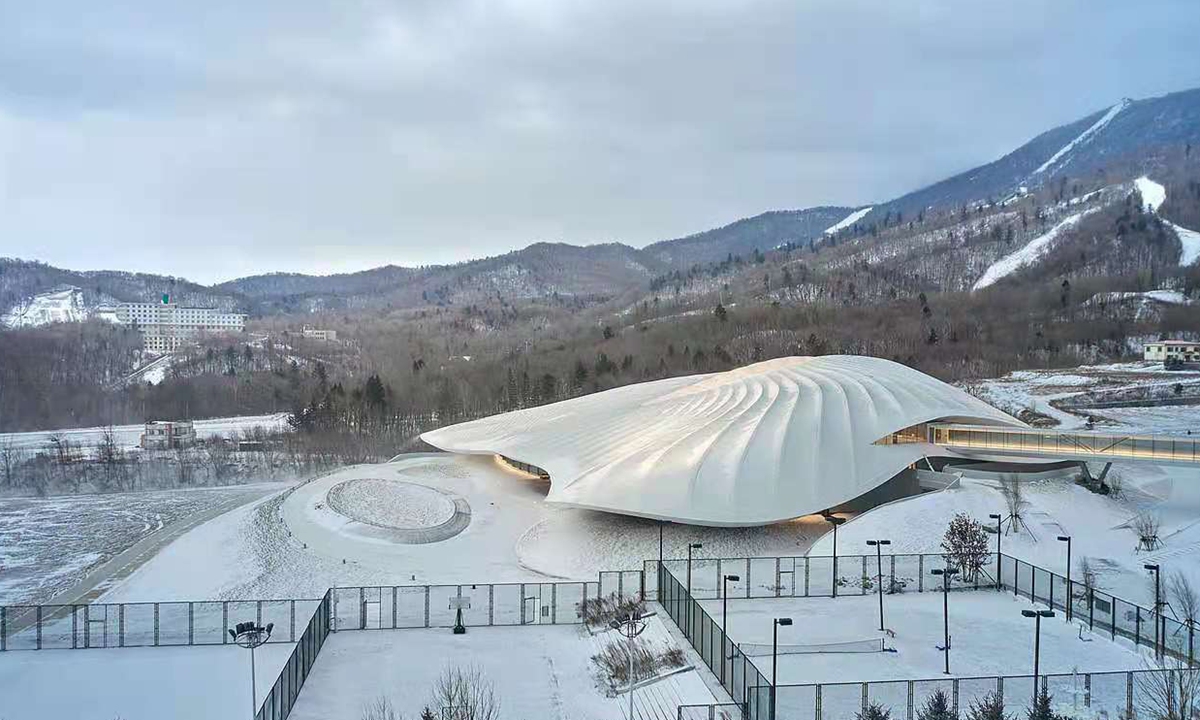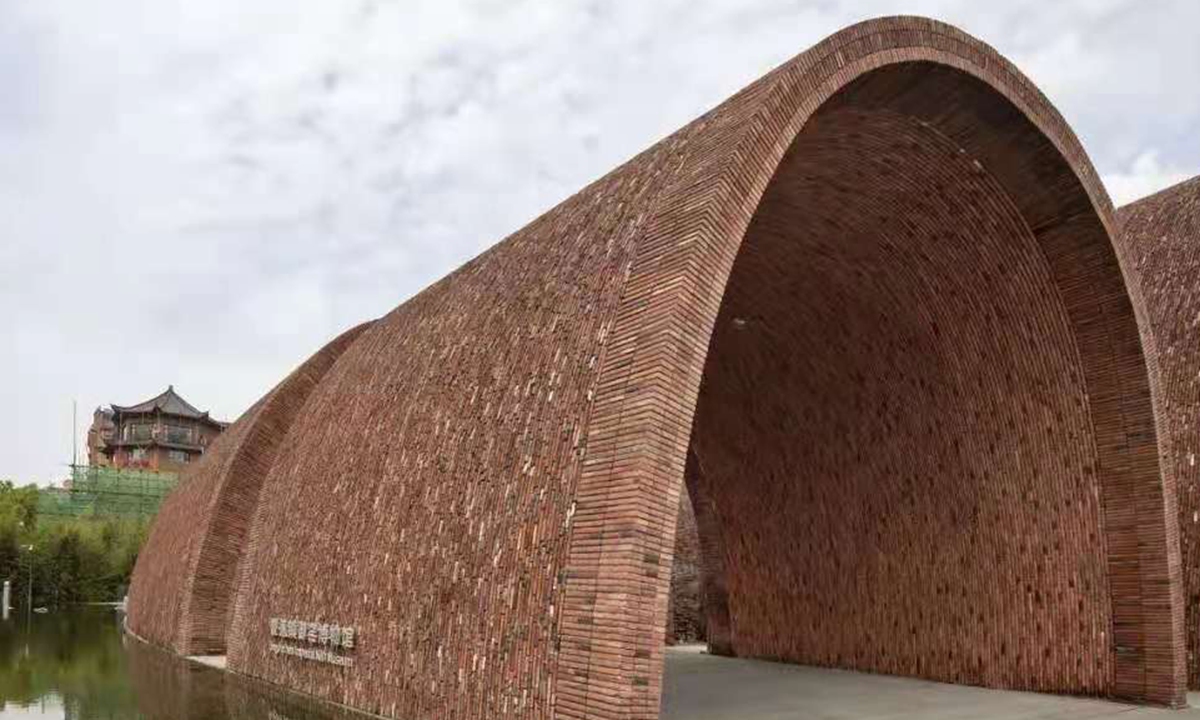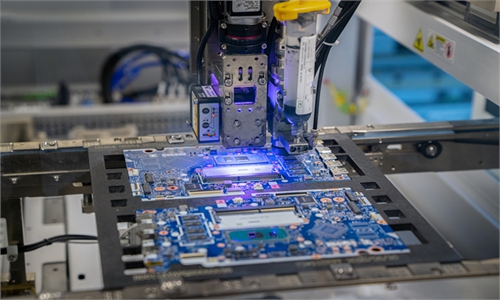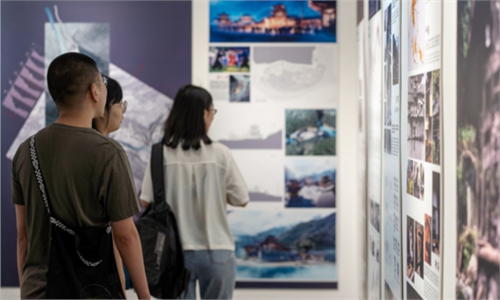ARTS / ART
Design in culture: Chinese architecture big winner at Architizer A+ Awards

Yabuli Entrepreneurs' Congress Center from MAD Architects Photo: Sina Weibo
Architizer A+ Awards, a globally recognized architectural annual award, recently revealed its list of winners following rigorous selections over more than 5,000 building designs worldwide. Accounting for 47 out of 179 winners, the "architecture of China" is beyond all doubt the new prominent among the finalists with its unique culturally inspired design ethos and ingenuity.Under the awards' "Typology" category, the winning projects from China can be spotted under various sub-categories including "retail" and "gallery & exhibition spaces."
Some of the buildings are "of" China because they were built in the country, while others are essentially "Chinese" because they were also incubate by Chinese firms such as the project Yabuli Entrepreneurs' Congress Center from MAD Architects, a studio helmed by internationally acclaimed Chinese designer Ma Yansong.
"The increased arrival of domestic architectural projects reflects that architecture's value is weaving into the development of public spaces and social environment in China. It is a progress that not only shows that we embrace international design aesthetics, but also a sign of a developed mentality, being able to see the difference between 'buildings' and 'building designs'… designed architecture serves not only as shelter, but carries human responsibilities, preserves culture and community, strives for environmental sustainability and so forth," Dylon Yang, a Chinese architecture designer, told the Global Times on Tuesday.
It is indeed that focus on "human issues" that were the fulcrum of many Chinese projects in the competition; a probably even more detailed explanation of these designers' human-oriented design incentive is their thoughts on how to improve people's basic living needs while creating a better future with their designs.
The Luo studio in Beijing has done a project that focuses on updating people's everyday grocery shopping experience in the context of urban renewal. It changed a dingy market in an old urban area of Puyang city in Central China's Henan Province into a movable and compact shopping space by adopting rod materials that are sustainable - able to be recycled and reused - and low cost.
"Chinese architects around me, they have this attentiveness. Most times, I hear people always judging a building by its appearance, but good design is far more than its aesthetics, it solves problems. In a true architect's eyes, there is no such thing as only focusing on big ambitious ideas while neglecting to improve a situation a little bit better," Wang Mian, an architect, told the Global Times.
Though it seems that architects all have preferences that lean toward aesthetics or functionality, there are some ingenuous Chinese designers who can handle both, mainly through rather unconventional methods that turn the aesthetics of China's unique cultural legacy into a building's main purpose of use.

Jingdezhen Imperial Kiln Museum Photo: Sina Weibo
The Jingdezhen Imperial Kiln Museum, a jury winning project from Chinese Studio Zhu Pei, is a museum located in the Jingdezhen Historic District, close to the ruins of the imperial porcelain kilns of the Ming (1368-1644) and Qing (1644-1911) dynasties. The museum is comprised of specially designed vaults modeled on traditional kilns - a nod to the original cultural aesthetics of the area - but also incorporates engaging modern information technology designs with the aim to connect the world to China's historical porcelain culture."Cultural roots and historical memories are not old, they are doors that allow architects to see the future," Lin, a Chinese artist in Beijing, told the Global Times.



